Polystyrene is a well-known material, commonly used across many industries; several million tonnes of it are produced each year.
You might also know it as the brand name, Styrofoam.
Due to its popularity, polystyrene regularly becomes a waste product in homes and businesses across the UK.
So, how can you dispose of polystyrene in a domestic or commercial setting?
In this article, we will take a look at what polystyrene is, why it's bad for the environment, whether it can be recycled, and which wheelie bin to place it in.
We'll also dive into how polystyrene can be reused, giving it extra life before it is sent to landfill or for recycling.
So, let’s start with the basics.
What is polystyrene?

Polystyrene is a versatile plastic that is used to manufacture a wide variety of products, including:
- DVD & CD cases
- Disposable razors
- Smoke detectors
- Foam packing peanuts
- Disposable food trays and cartons
- Yoghurt pots
- Egg cartons
- Foam cups
- Bottles
- Models
- Lids
- Containers
- Packaging for white goods and electricals, such as microwaves and kettles
- Insulation
Chemically speaking, polystyrene is a synthetic aromatic hydrocarbon polymer made from the monomer known as styrene.
This plastic is manufactured into two types — a solid (sheets or moulds) and a foam.
Naturally transparent, polystyrene can easily be produced in any colour, which adds to its appeal and versatility.
The environmental impact of polystyrene
Polystyrene is terrible for the environment from the moment it's manufactured to when it ends up as litter or in landfill.
The manufacturing process releases chemicals and gases; in 1986, polystyrene manufacturers were the fifth largest producer of toxic waste.
Those exposed to polystyrene in a manufacturing environment are prone to health issues such as gastrointestinal problems, skin irritation, eye irritation, respiratory tract irritation, depression, fatigue, and headaches.
Post-manufacture, polystyrene products have been found to leach toxins into the hot food and drinks they are designed to contain.
When littered, polystyrene is a hazard to wildlife, who can mistake it for food and choke on it. It also leaches chemicals into the ground and water, posing more health hazards.
According to Washington University, polystyrene takes around 500 years to decompose in landfill, which is, unfortunately, where most of it ends up.
What bin does polystyrene go in?
You will need to check with your local authority or business waste service provider to know which bin to place your polystyrene waste in.
In most cases, it will go in the general waste bin; however, some local councils and commercial waste service providers will ask you to place it in your recycling bin.
Which recycling bin does polystyrene go in?
If your local authority or commercial waste management team asks that you place polystyrene in a recycling bin, it will likely be a mixed recycling bin.
How to recycle polystyrene
Polystyrene is fully recyclable, but due to a lack of investment in compactors and related equipment, the material is not commonly recycled here in the UK or abroad.
This is why most local councils and waste management companies ask you to place polystyrene in your general waste bin.
If you run a business, you can choose which waste management company you work with, and some will burn polystyrene to create energy rather than send it to landfill.
How to reuse polystyrene

While the recycling of polystyrene is limited, the material can be reused in many ways.
Another green-fingered tip is to use old foam cups for germinating your seedlings.
If you receive lots of polystyrene packing nuts, then these can be collected up and reused each time you need to post a fragile item or move house.
Larger pieces of polystyrene can also be helpful for this purpose, as you can carve them to fit particular items using a craft knife.
If you enjoy arts and crafts, you can cover large flat squares or rectangles of polystyrene with fabric and create a quick and unique piece of wall art.
Final thoughts
Polystyrene is bad for the environment and is best avoided where possible; for example, if you run a hot food van or takeaway, you can switch to cardboard packaging to be more eco-friendly.
However, where it is unavoidable, you can reuse polystyrene using the ideas above, make sure it isn't littered or fly-tipped, and dispose of it in the appropriate bin.








Craig Pryce
With over 17 years of experience in the waste and recycling industry, Craig is passionate about making recycling easier and reducing the negative impact of litter. He has been the managing director of Wheelie Bin Solutions (WBS) since January 2016, and prides the company on his expert knowledge, top-quality products, and customer service. His proudest moment was when WBS supported the 2012 Olympic Games, working in partnership with Contenur UK to supply over 9000 bin containers to all Olympic venues. Craig is always keen to share his knowledge, so whether you need advice about the benefits of a wheelie bin lock, or ideas for alternative uses for your wheelie bin, Craig will ensure your recycling and waste disposal habits are gold medal worthy.